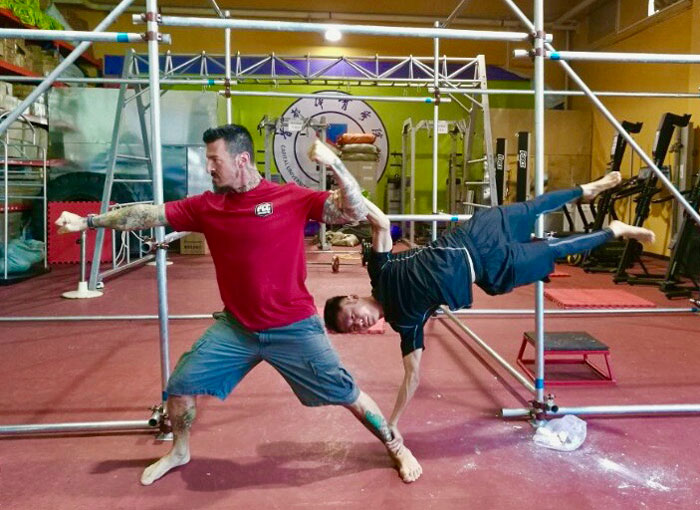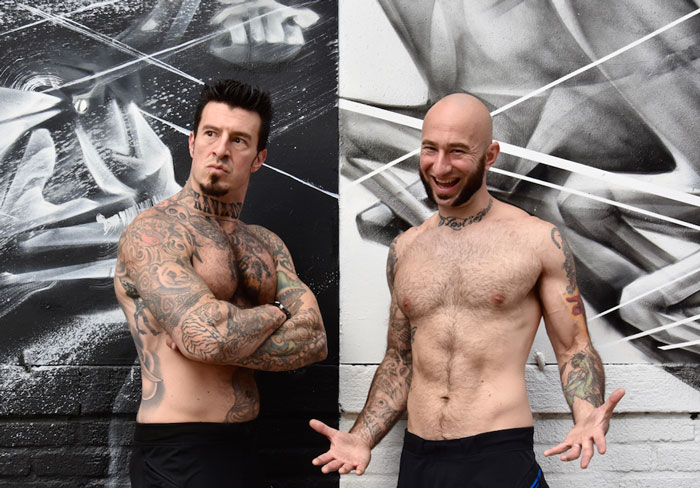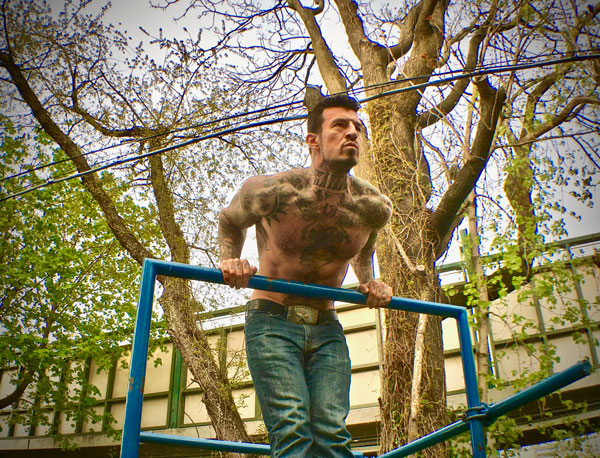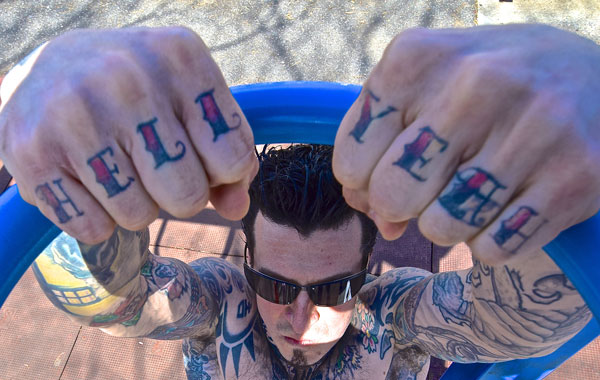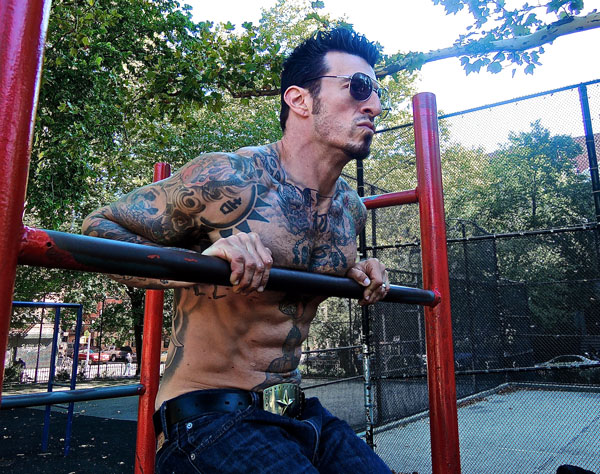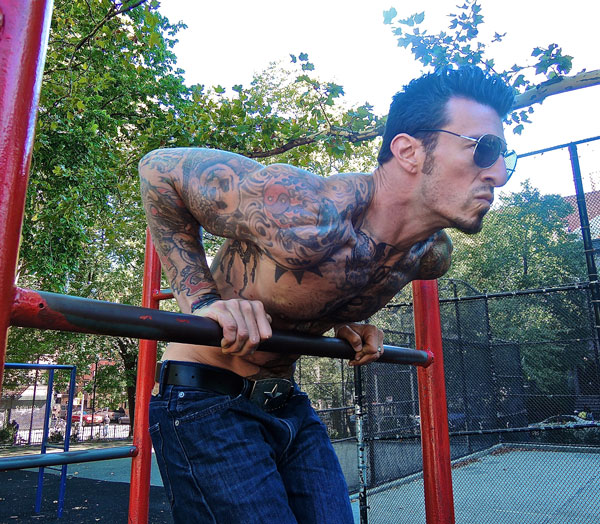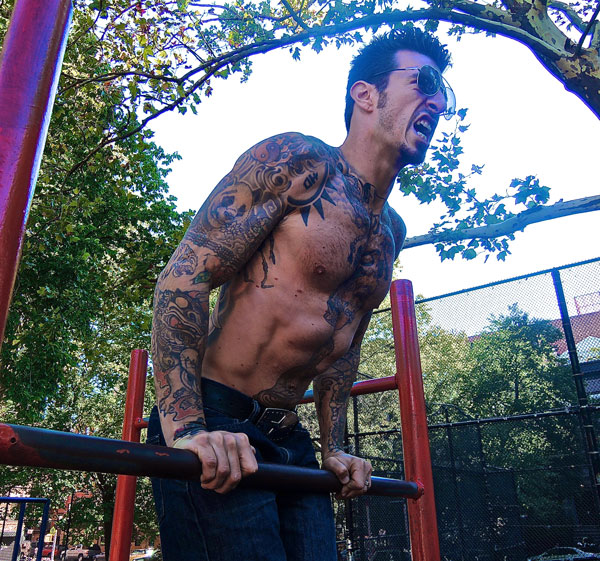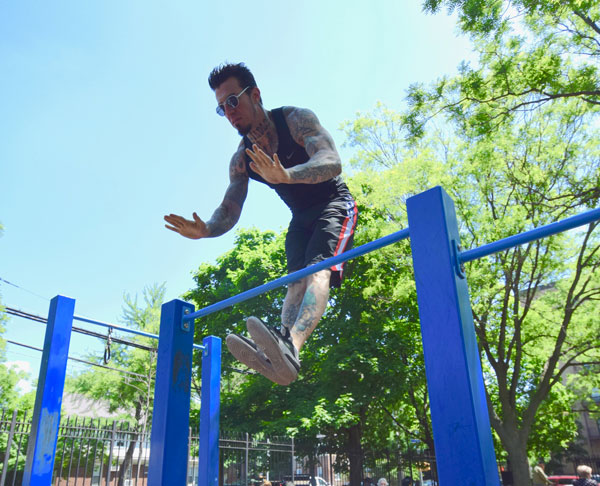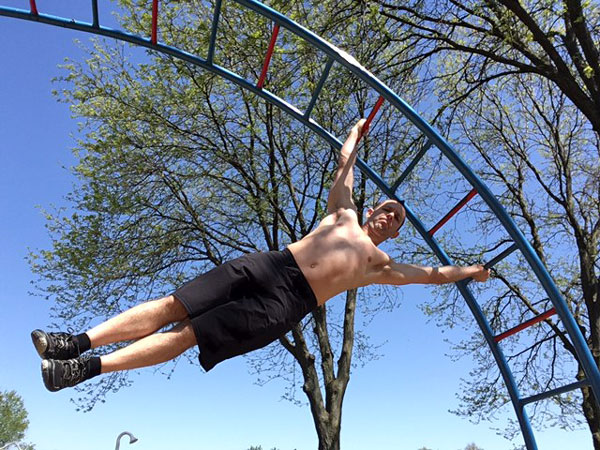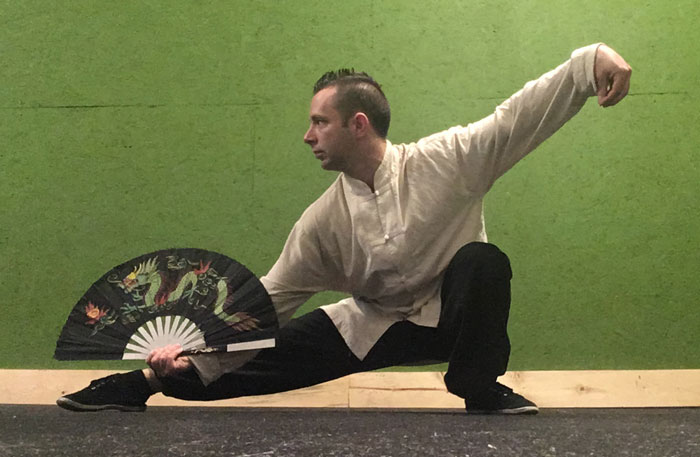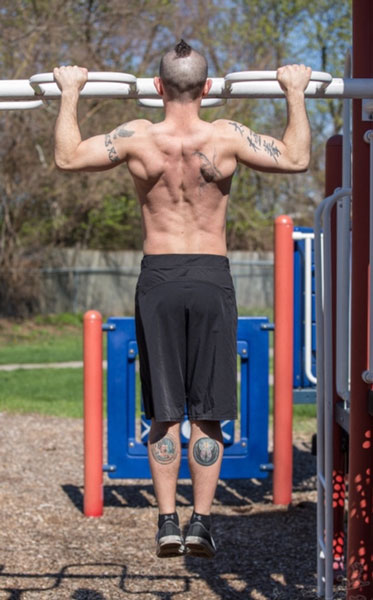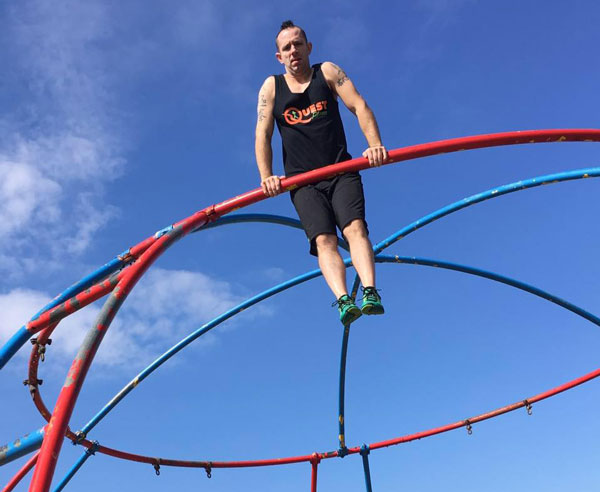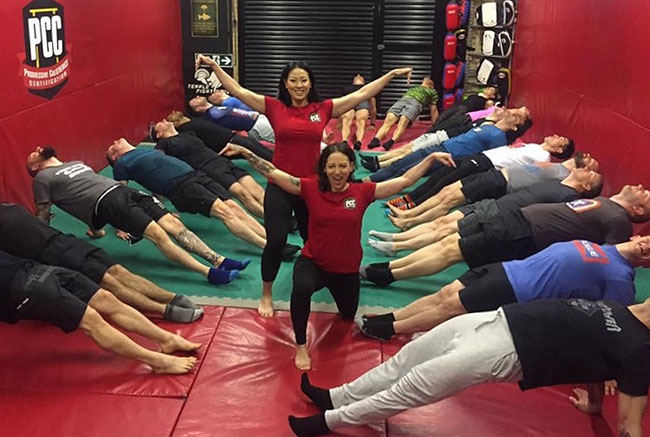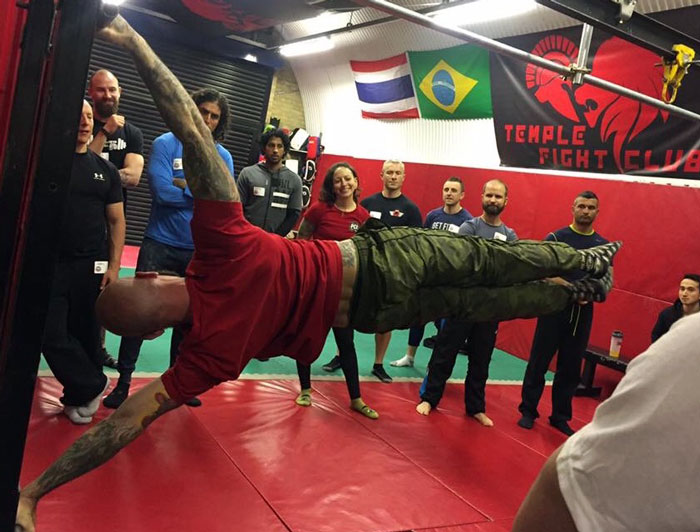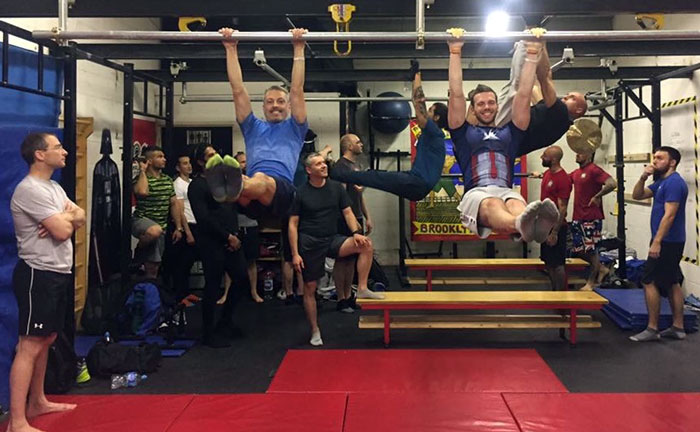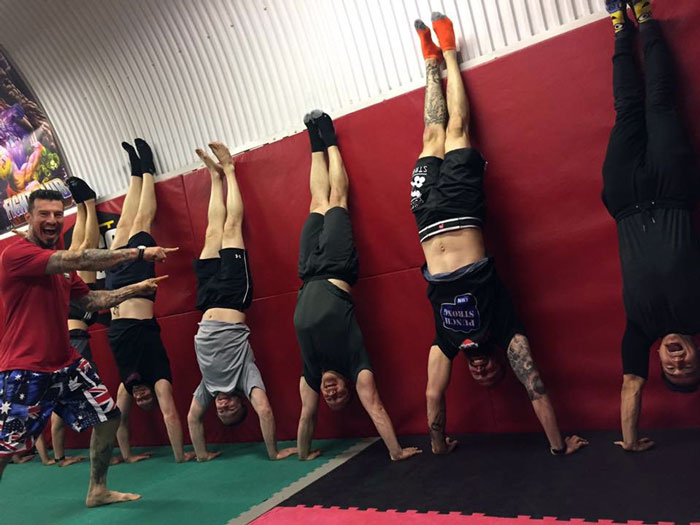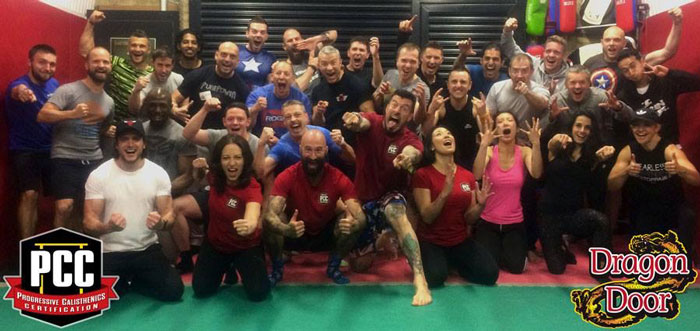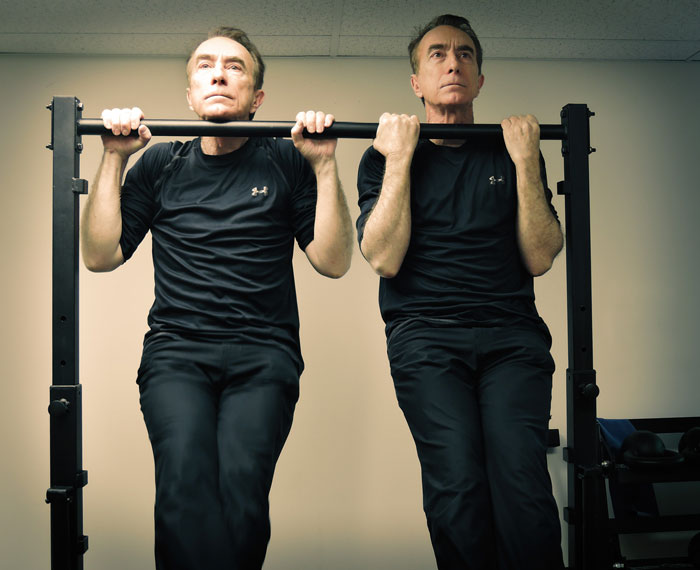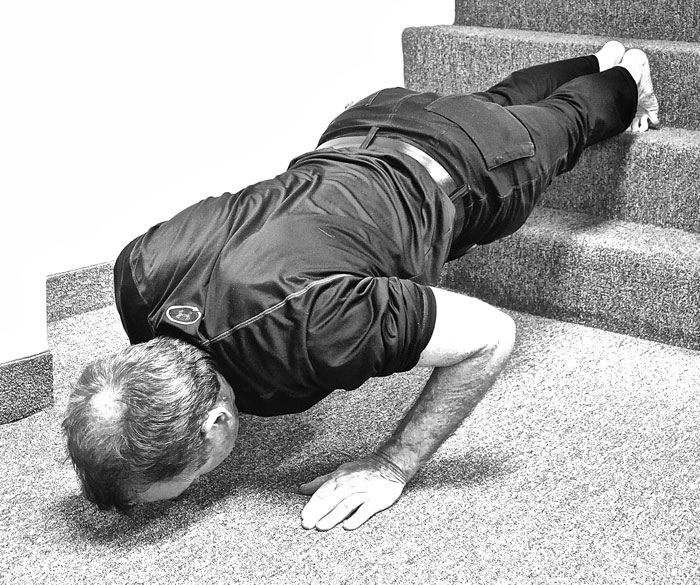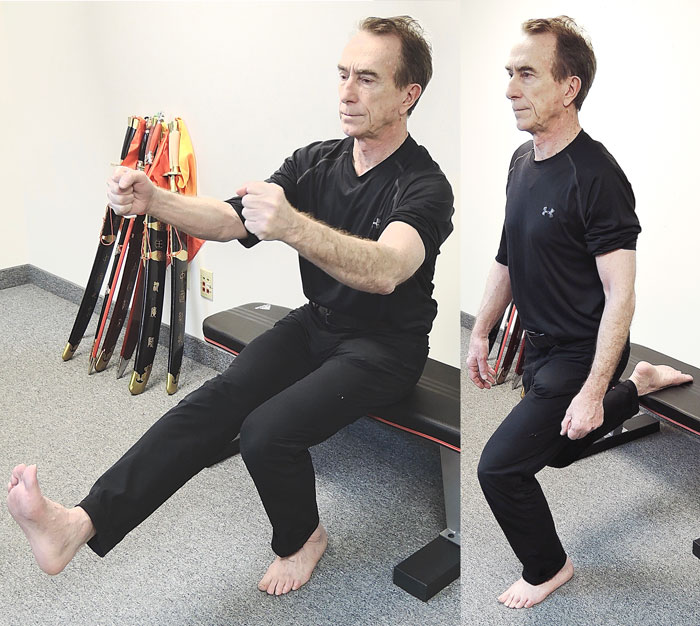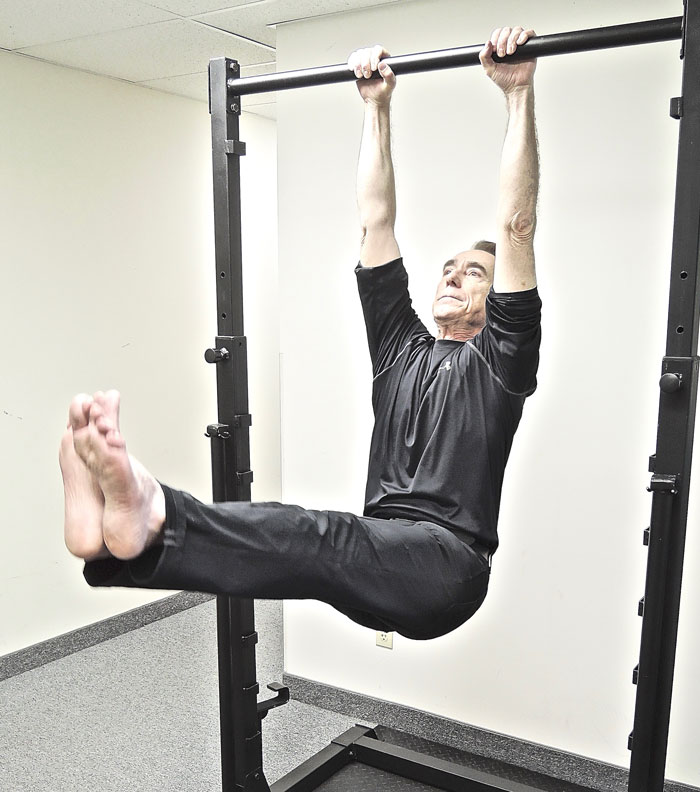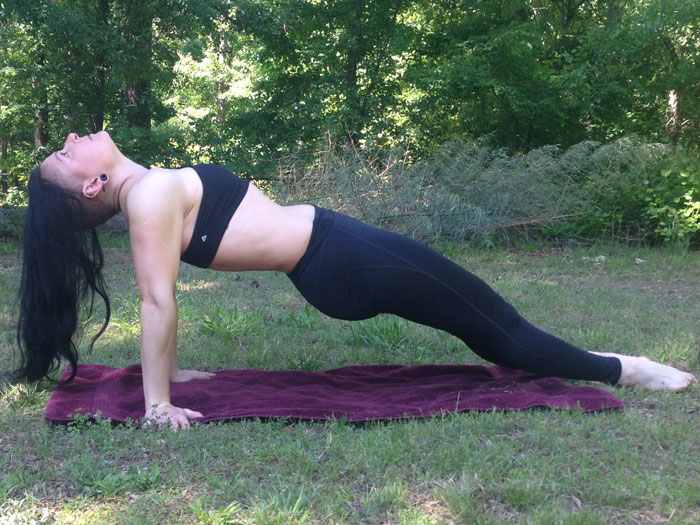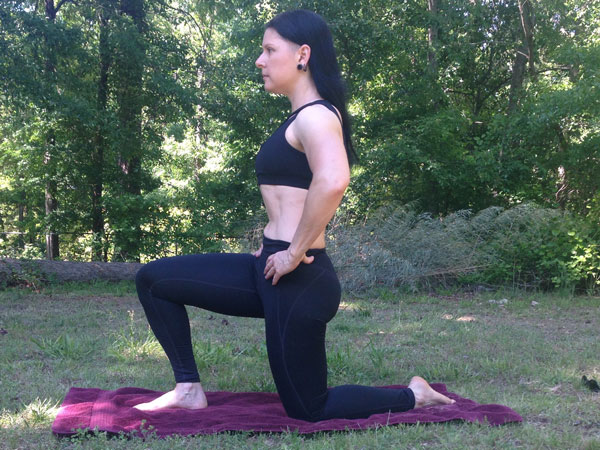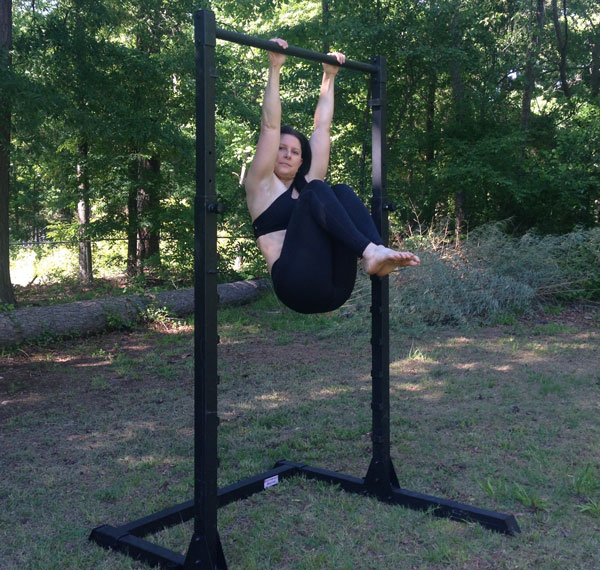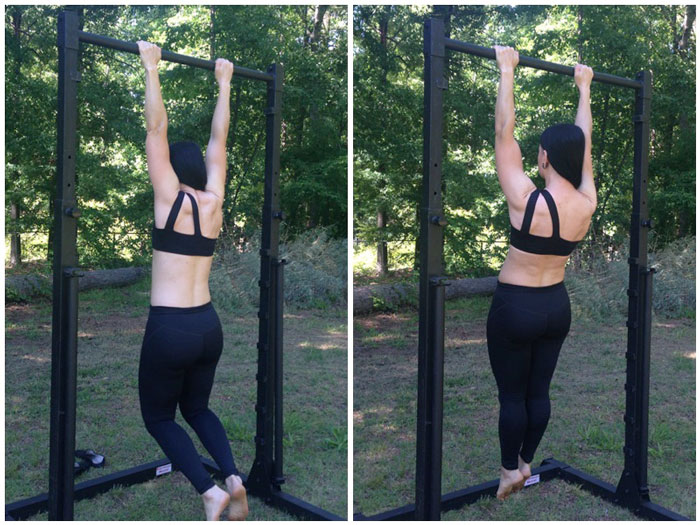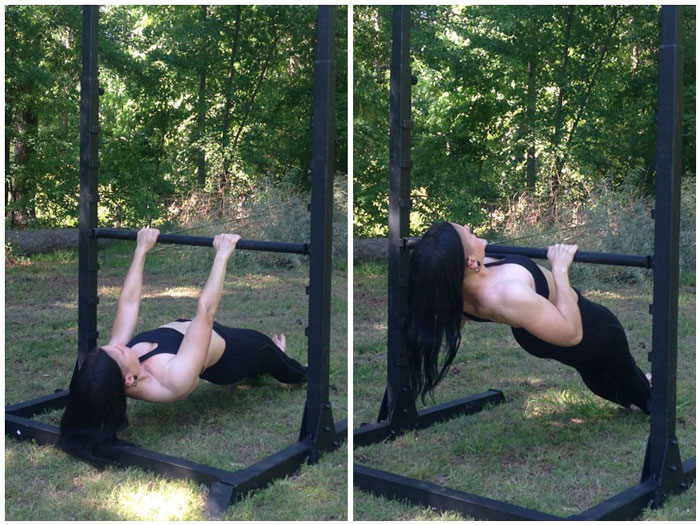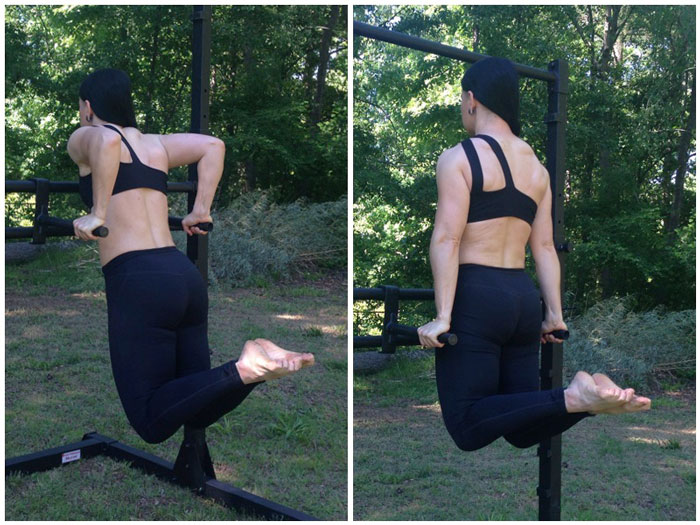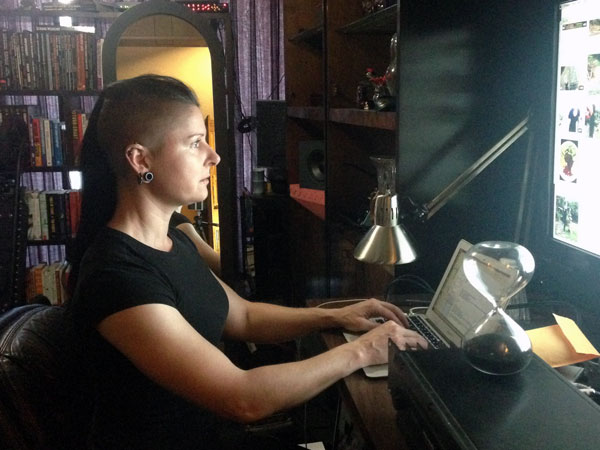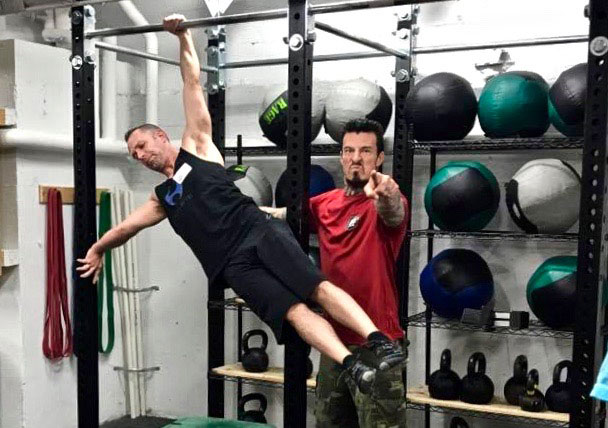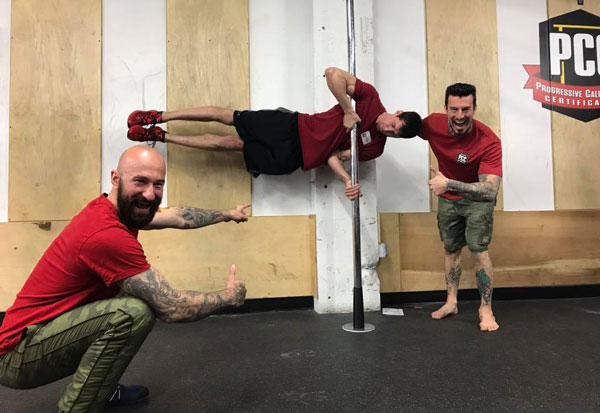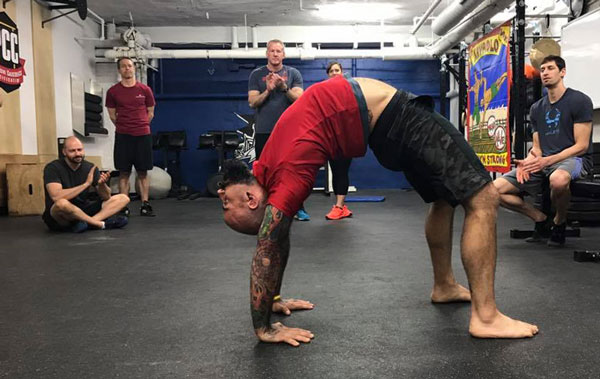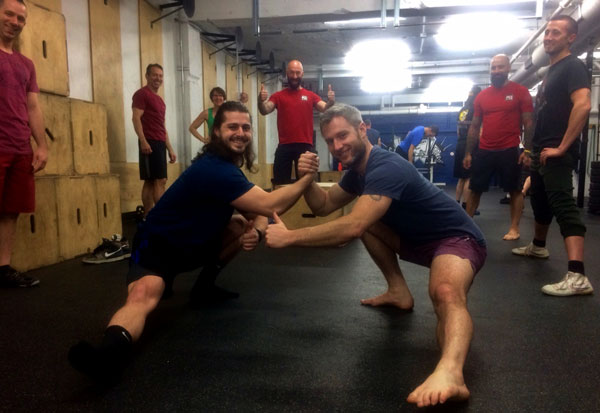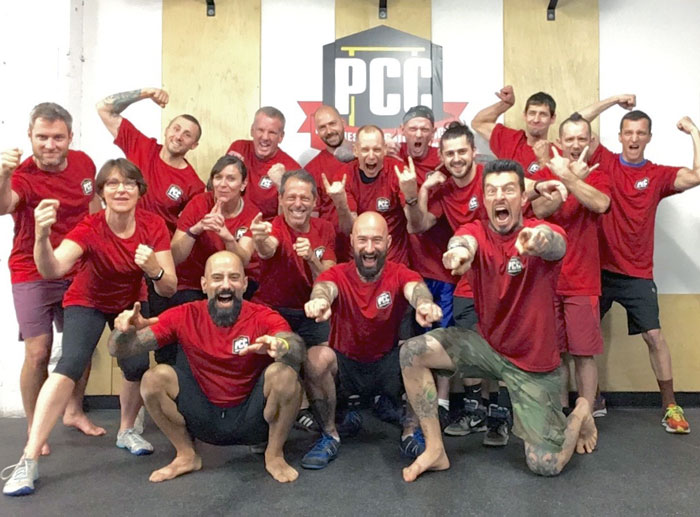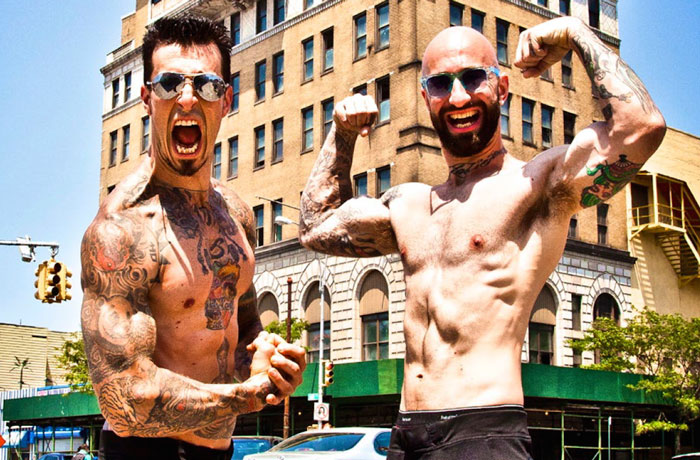Last week, the Progressive Calisthenics Certification made its return to Beijing, China for the third time in just 18 months. Once again, I had the esteemed pleasure and honor of traveling to the Far East to lead a group of forty calisthenics enthusiasts through the school of Street Workout.
And what a thrill it was!
Based on the teachings of Paul “Coach” Wade’s best-selling Convict Conditioning series, the PCC is a three day, experiential course that not only teaches all the bodyweight basics like push-ups, pull-ups and squats, but also the more elite moves like muscle-ups, human flags, bar levers and more!
The course also details a magnitude of progressions, regressions, teaching methodologies, principles and programming, which can be employed for a lifetime of personal practice and shared instruction. We don’t just show you the moves—we give you the tools!
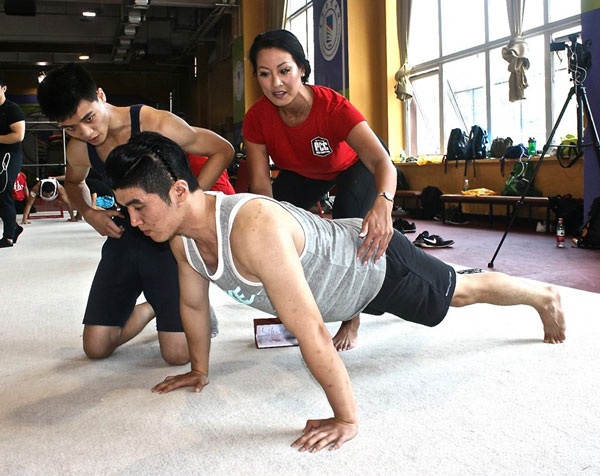
The incredible group in attendance included calisthenics die-hards hailing from China, Taiwan, Korea, South Africa, Italy and even the good old USA! One of my favorite aspects about calisthenics is that it unites and celebrates people from different cities, countries and continents. There’s nothing quite like traveling half-way around the world and meeting new people who feel like old friends.
Beyond geographic boundaries and cultural divides, the bodyweight brother- and sisterhood prevails. It’s very much a family affair.
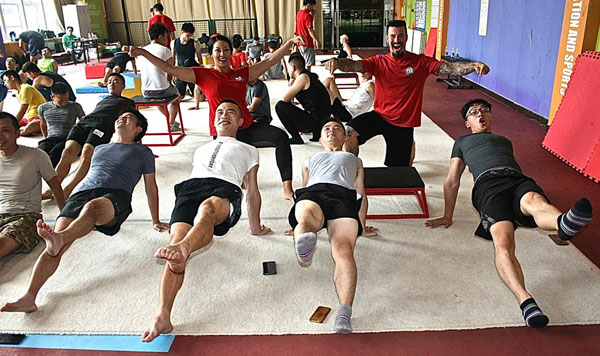
This team of Beijing bad-asses was a particularly strong group. On the very first day, history was made when four of the attendees performed a one-arm pull-up! It’s been said that only one in 10,000 people can pull off this incredible feat of strength. Indeed, Beijing was host to a fantastic crew of calisthenic killers!
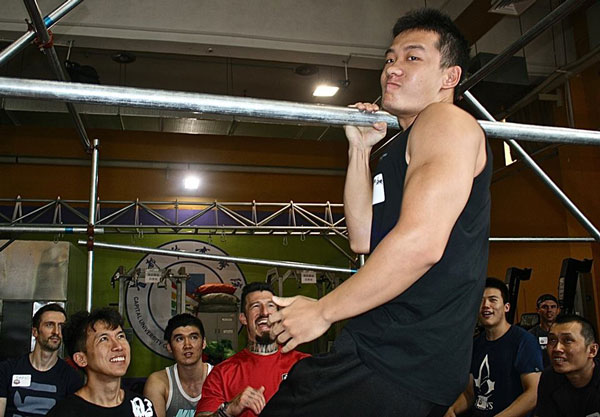
In fact, I’m always blown away by what I see at the Progressive Calisthenics Certification. It’s a place where new life experiences are made, shared and celebrated. The personal records set (and the personal bonds born) live on, even after the workshop has commenced.
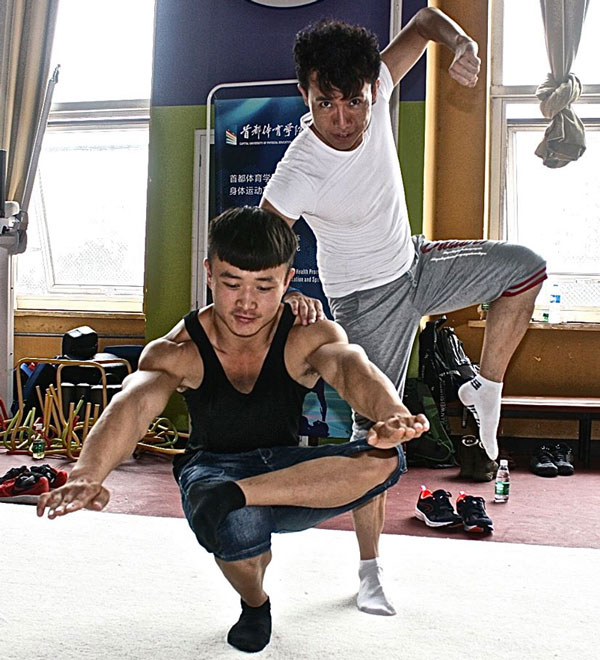
When all is said and done, it went by too fast. The three days we spent in Beijing were magnificent and I’ll never forget them. I look forward to PCC’s return to the Forbidden City. Until then, I’d like to thank our partners at Beijing Science and Technology Publishing for organizing this event, the University of Physical Education for the use of their phenomenal facility, and of course—and most of all—everyone who made the voyage to train with me, dare with me and become a certified PCC Instructor! Congratulations to you all!
Keep the dream alive. The posse’s getting bigger!
-DK

****
Danny Kavadlo is one of the world’s leading authorities on calisthenics, nutrition and personal training. He is the author of several best-selling Dragon Door titles including GET STRONG and STRENGTH RULES. Danny has been featured in the New York Times, Men’s Fitness, and the Huffington Post. He is a regular contributor to Bodybuilding .com and TRAIN magazine. When not working one-on-one with clients in his native New York City, Danny travels the world as a Master Instructor in Dragon Door’s internationally acclaimed Progressive Calisthenics Certification. Find out more about Danny at www.DannyTheTrainer.com
